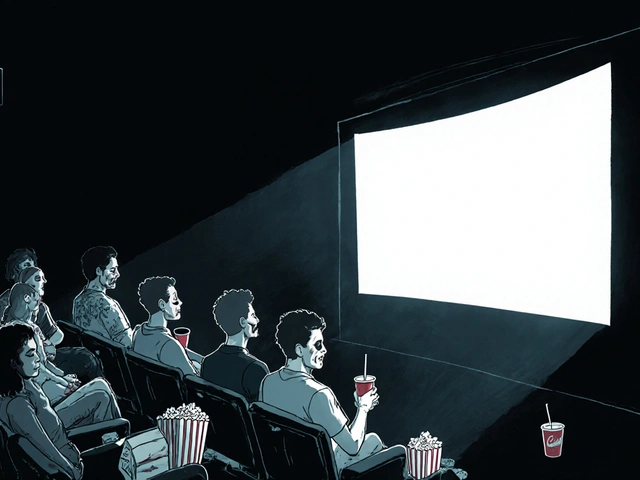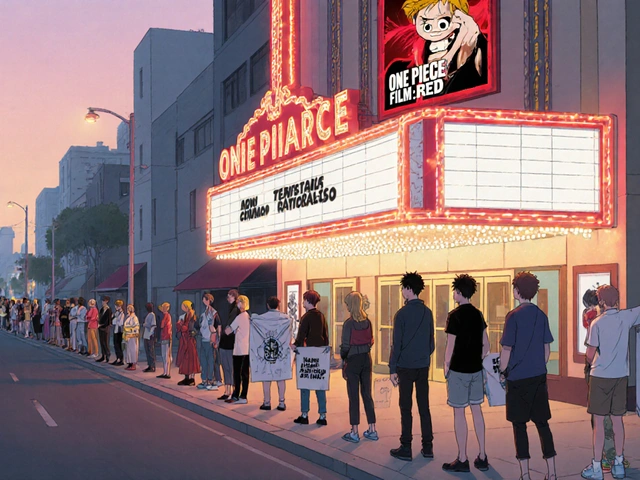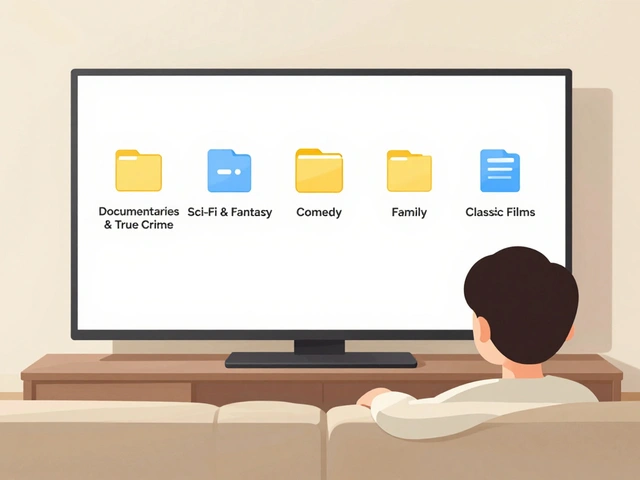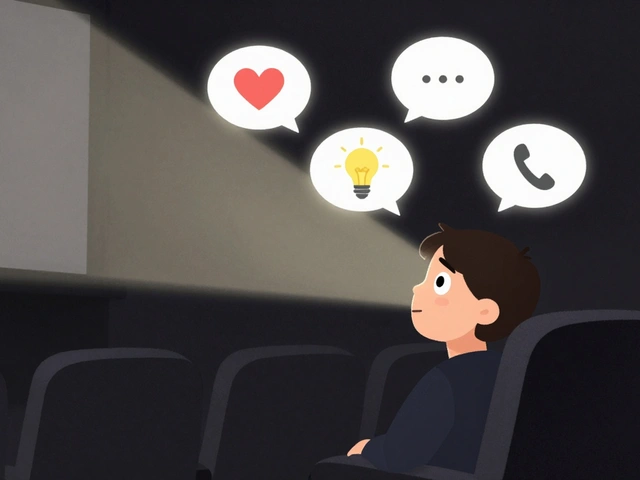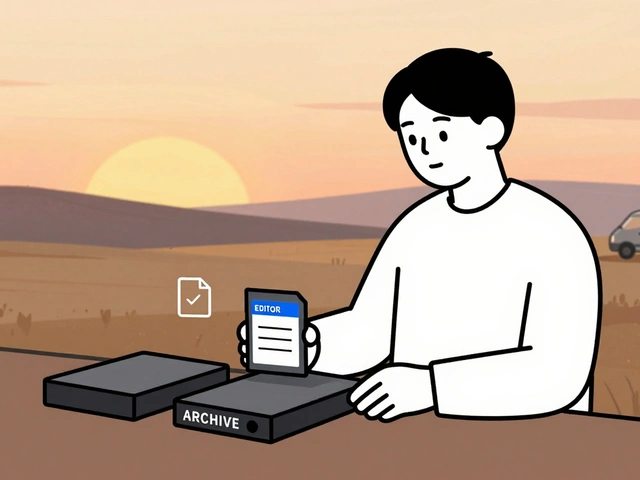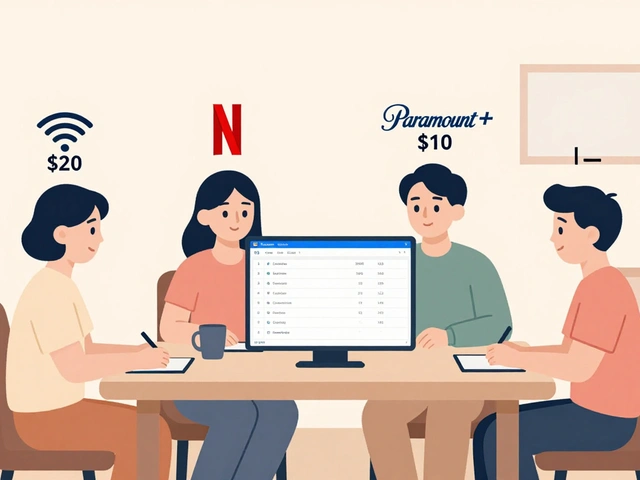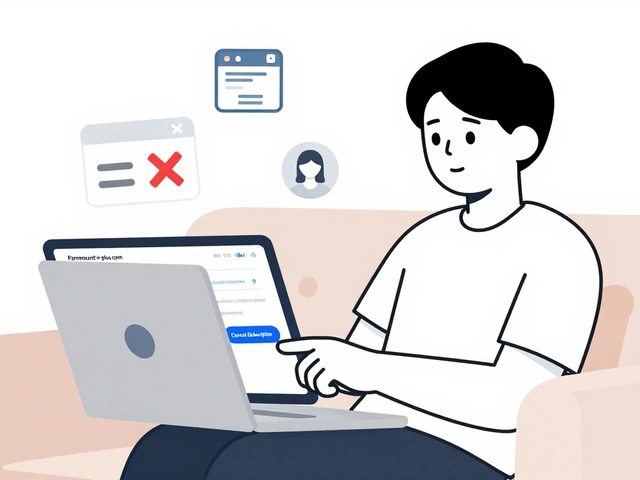25
Horror Festivals Guide: Fantastic Fest, Sitges, and Genre Discoveries

Imagine walking into a dark theater in Austin, Texas, on a September night. The air smells like popcorn and sweat. A crowd of people in leather jackets and zombie makeup are whispering about what’s coming next. The lights go out. The screen flickers. A scream cuts through the silence. This isn’t just a movie night. It’s Fantastic Fest.
Horror isn’t just about jump scares. It’s about culture, fear, and the weird corners of human imagination. And the best place to see it live? At genre festivals where filmmakers, fans, and freaks all gather in one room. Two of the biggest-Fantastic Fest in Austin and Sitges Film Festival in Spain-don’t just show horror movies. They curate experiences. They let you taste the blood, feel the dread, and discover the next big name in terror before anyone else does.
Fantastic Fest: Where Horror Gets Wild
Fantastic Fest launched in 2005 in Austin, Texas, and quickly became the most unpredictable horror festival on the planet. It doesn’t just screen horror-it celebrates the messy, loud, grotesque, and brilliant side of genre cinema. The festival runs for nine days in late September, right before Halloween. Over 100 films are shown, but only about 40% are traditional horror. The rest? Sci-fi, exploitation, dark comedy, and films so strange they don’t have a label.
What sets Fantastic Fest apart is the energy. Audiences don’t just watch-they react. Screaming. Cheering. Throwing things at the screen (yes, really). In 2023, a screening of They’re Outside had the crowd screaming so hard the theater staff had to pause the film twice to calm people down. That’s not a glitch. That’s the point.
Filmmakers show up here. Not just for Q&As, but to hang out. You might bump into the director of The Wailing at the taco stand or chat with the writer of Hereditary over a beer at the Alamo Drafthouse. It’s not a red carpet event. It’s a cult gathering. And if you’re lucky, you’ll catch a world premiere. In 2022, the festival debuted Scare Package, a horror anthology that later got picked up by Shudder. That’s how discoveries happen here.
Sitges Film Festival: Europe’s Dark Heart
While Fantastic Fest is chaotic and loud, Sitges in Spain is elegant, intense, and deeply cinematic. Held every October in the coastal town of Sitges, just 35 minutes from Barcelona, this festival has been running since 1968. It’s the oldest genre film festival in Europe and one of the most respected in the world.
Sitges doesn’t just show horror. It shows art. The festival has a reputation for selecting films with strong visuals, psychological depth, and symbolic storytelling. Think The Lighthouse, It Follows, and Raw-all premiered here before going global. In 2024, the Grand Prize went to The Quiet Ones, a Spanish folk horror film shot entirely in black-and-white with no dialogue. It won because it didn’t just scare you-it haunted you.
Sitges attracts critics, academics, and filmmakers who treat horror like literature. Panels here aren’t about gore-they’re about myth, trauma, and the body as a site of fear. One 2023 panel, titled “The Feminine Grotesque in Contemporary Horror,” drew over 500 people. The festival even has a dedicated section for student films from film schools in Spain, Germany, and Japan. Many of those students go on to make award-winning features.
If Fantastic Fest is a rave, Sitges is a poetry reading in a cathedral. Both are essential.
What You’ll Find Beyond the Big Two
Fantastic Fest and Sitges are the giants, but they’re not alone. Smaller festivals are where the real underground thrives.
In the UK, the Bristol Horror Festival runs every November and specializes in low-budget indie horror. Last year, a film called Whispering Pines, made for under $8,000 on a Canon R5, won Best Picture. It’s now streaming on Shudder.
Canada’s Fantasia International Film Festival in Montreal is a monster. It runs for three weeks in July and screens over 200 films from 40 countries. It’s where Train to Busan got its first international buzz in 2016. The crowd here is wild too-fans dress as monsters, and the midnight screenings often end in dance parties.
And then there’s Beyond Fest in Los Angeles. It’s not as big as Fantastic Fest, but it’s where Hollywood insiders go to scout talent. In 2023, a director named J.D. Dillard screened his debut film Sleight here. Three months later, he was hired to direct a Marvel TV show.
These festivals aren’t just movie theaters. They’re talent pipelines. Studios send scouts. Streaming services sign deals. New directors get their first real audience.

How to Pick the Right Festival for You
Not all horror fans are the same. Here’s how to choose where to go:
- If you want chaos, loud crowds, and first looks at wild, unfiltered films → Fantastic Fest
- If you want deep storytelling, art-house horror, and a chance to talk with filmmakers over wine → Sitges
- If you’re a filmmaker with a low-budget film and want exposure → Bristol Horror Festival or Fantasia
- If you’re in LA and want to network with industry people → Beyond Fest
- If you’re new to horror and want something fun and accessible → start with Sitges or Fantasia-they have more English-friendly screenings
Pro tip: Buy tickets early. Fantastic Fest sells out in under 72 hours. Sitges tickets go on sale in May and are gone by July. Most festivals offer passes, not single tickets. A full pass at Fantastic Fest costs around $350. At Sitges, it’s €220. Both include access to panels, exclusive screenings, and after-parties.
What to Bring (And What to Leave at Home)
At Fantastic Fest, you’ll see people in full zombie makeup, cosplay, and homemade horror props. But don’t go overboard. The theater is still a public space. No real weapons. No fake blood on the seats. They’ve banned entire films for being too gross.
At Sitges, dress like you’re going to an art gallery. No hoodies. No sneakers. They’ve turned people away for wearing jeans. It’s not snobbery-it’s tradition. The festival takes itself seriously. So should you.
Bring:
- A notebook. You’ll want to write down titles you hear about.
- A portable charger. You’ll be on your phone all day looking up screenings.
- A reusable water bottle. Festivals charge $8 for bottled water.
- A light jacket. Theaters are freezing.
Leave behind:
- Your expectations. You’ll see things you hate. And things you’ll never forget.
- Your phone. Seriously. Put it on airplane mode. You’ll miss half the movie if you’re scrolling.
- Your judgment. Some films are bad. But they’re bad in a way that teaches you something.

Why These Festivals Matter
Horror is the most honest genre. It doesn’t pretend to be polite. It doesn’t care if you’re comfortable. It shows us what we’re afraid of-loss, isolation, the unknown, our own bodies turning against us.
Festivals like Fantastic Fest and Sitges are where horror evolves. They’re the labs where new voices test the limits. Where a kid in Poland makes a 12-minute film about a mirror that eats memories-and it gets picked up by a distributor in Berlin. Where a woman in Nigeria films a ghost story using only natural light and a smartphone-and it wins Best Short at Sitges.
These festivals aren’t just about movies. They’re about community. About finding people who get it. Who know that the scariest thing isn’t the monster under the bed. It’s the silence after the scream.
Are horror festivals only for hardcore fans?
No. While horror festivals attract die-hard fans, they’re also great for newcomers. Sitges and Fantasia have curated programs labeled "Beginner-Friendly" or "Gateway Horror." These are films with strong stories, clear pacing, and less gore. Start there. You don’t need to love slasher films to appreciate a slow-burn psychological thriller.
Can I submit my own horror film to these festivals?
Yes. All of them accept submissions. Fantastic Fest and Sitges have separate sections for short films and first-time directors. Fees range from $25 to $60 depending on when you submit. Deadlines are usually 4-6 months before the festival. Check their official websites for submission guidelines. Many indie films that premiered at these festivals later got picked up by streaming platforms like Shudder, AMC+, or MUBI.
Are horror festivals safe for solo attendees?
Absolutely. Thousands of people attend these festivals alone every year. The community is welcoming. Many festivals have dedicated meetup groups for solo attendees. At Fantastic Fest, there’s a "Solo Horror Explorer" Slack channel where people plan screenings and meals together. Sitges has a "Café de la Sombra" lounge just for attendees who want to talk without the noise of the theater.
Do I need to speak Spanish to go to Sitges?
No. Almost all films are shown in their original language with English subtitles. Panels and Q&As are conducted in English or translated in real-time. The festival staff speaks fluent English. Locals in Sitges are used to international visitors. You’ll be fine without Spanish.
What’s the best way to find hidden gems at these festivals?
Skip the opening night blockbusters. Go to the midnight screenings labeled "Unknown Director" or "Student Pick." Look for films with no marketing-no posters, no trailers. Those are often the ones the programmers love most. Talk to volunteers. They know which films made them cry, laugh, or lose sleep. And always check the "Unofficial Screenings" list on Reddit’s r/horrorfestivals. That’s where the real secrets live.
Where to Go Next
Once you’ve been to Fantastic Fest or Sitges, you’ll start noticing horror everywhere. A film you saw at the festival might show up on your streaming feed six months later. You’ll recognize the director’s style. You’ll know the actor who’s about to break out. You’ll start tracking festival circuits like a detective.
After the big two, try Brussels International Fantastic Film Festival in Belgium. Or FrightFest in London. Both are smaller but packed with surprises. If you’re in Asia, look into Tokyo International Fantastic Film Festival. Japan’s horror scene is quietly revolutionary-think Dark Water, Ju-On, and the new wave of digital folk horror.
Horror festivals aren’t just events. They’re portals. Step through one, and you’ll never watch a horror movie the same way again.

